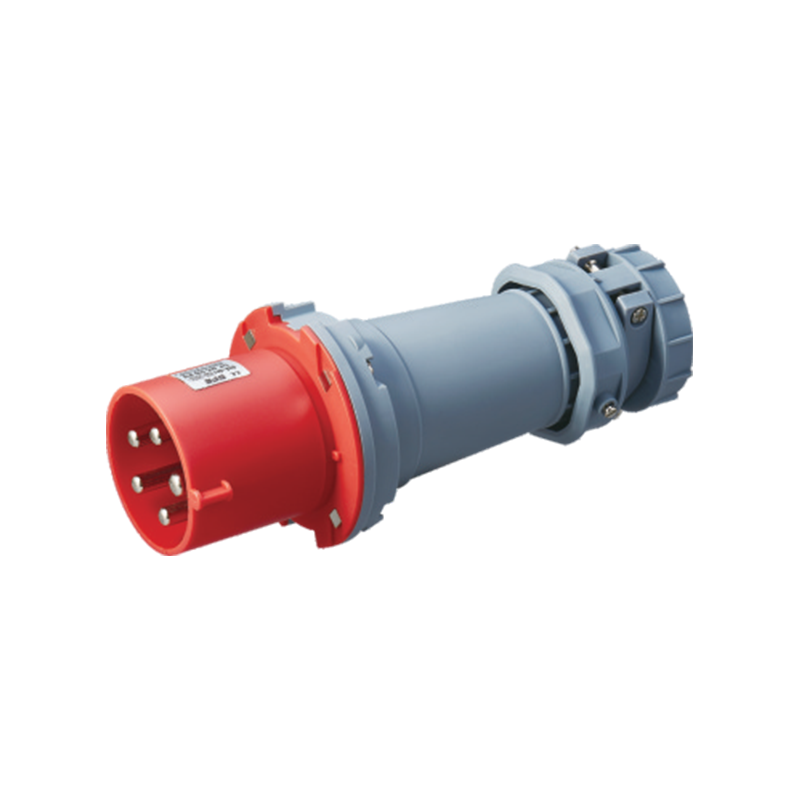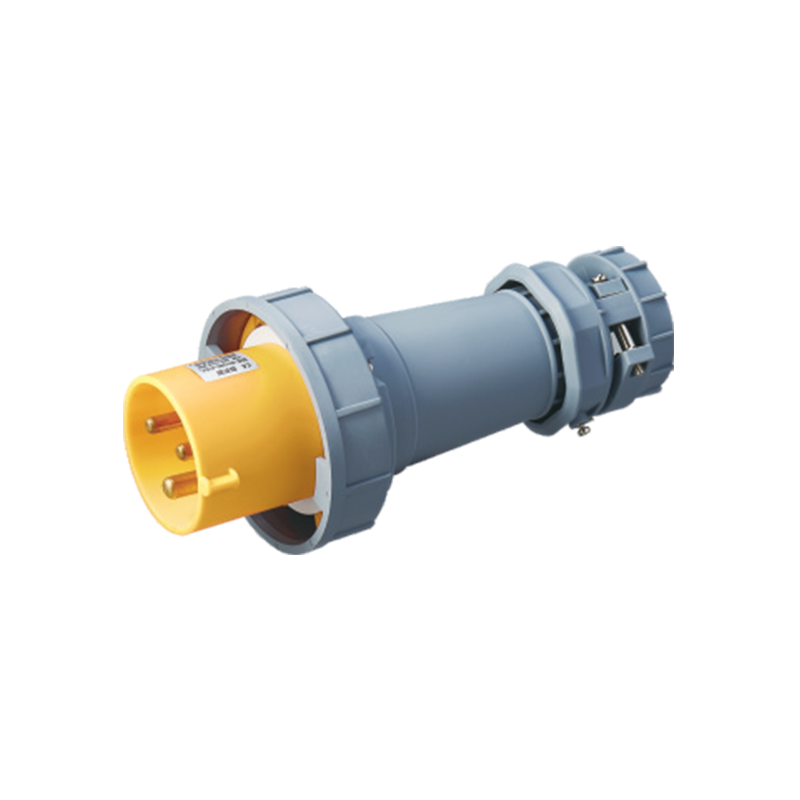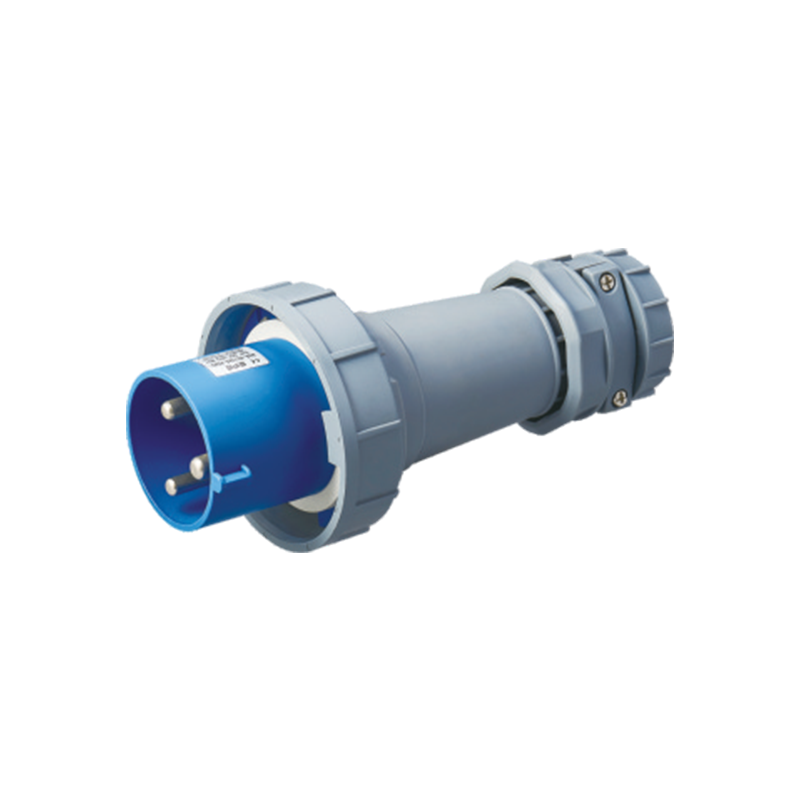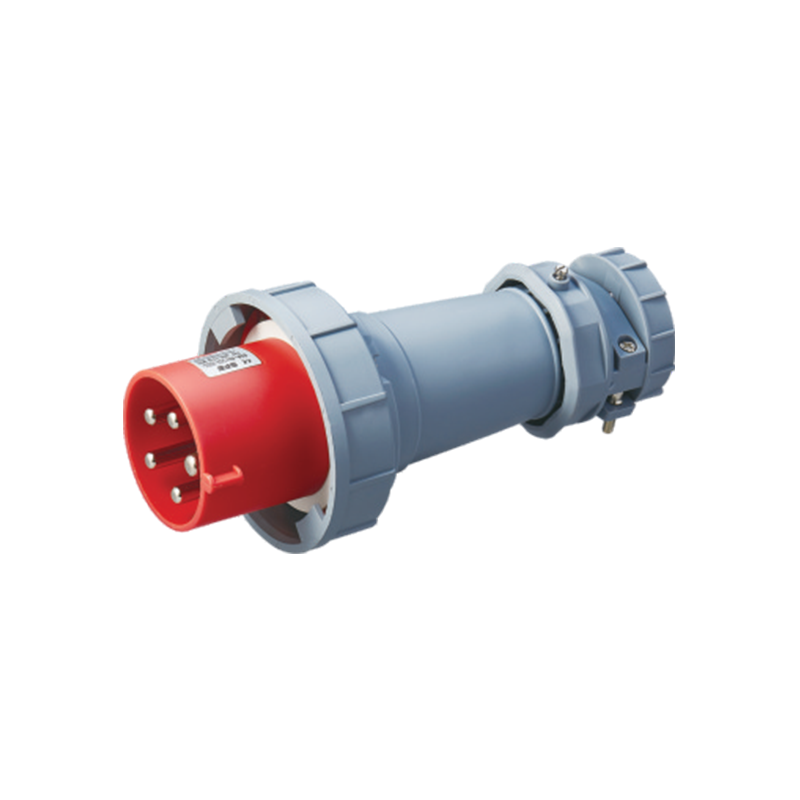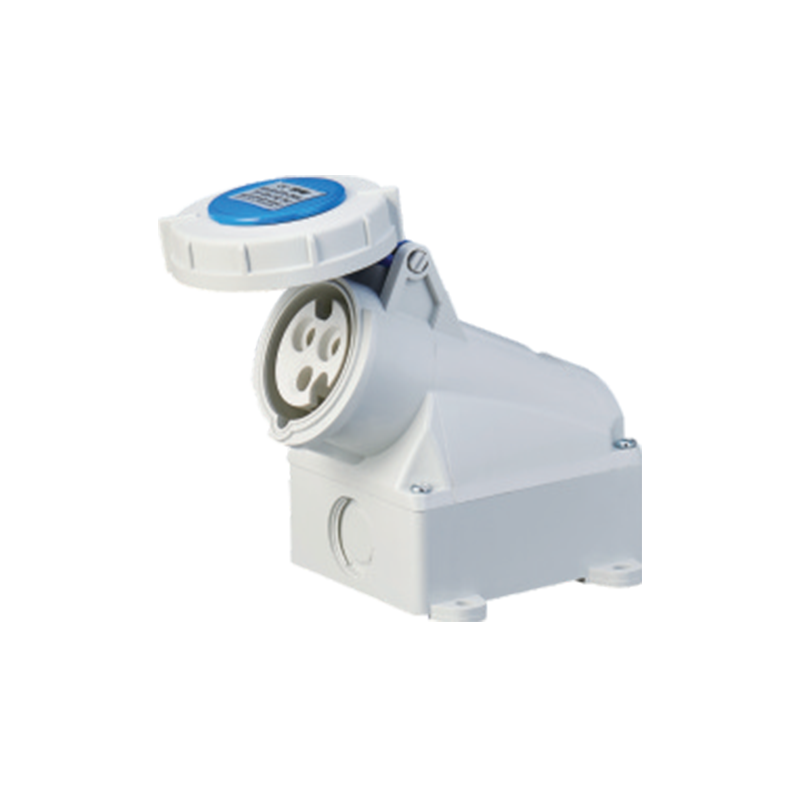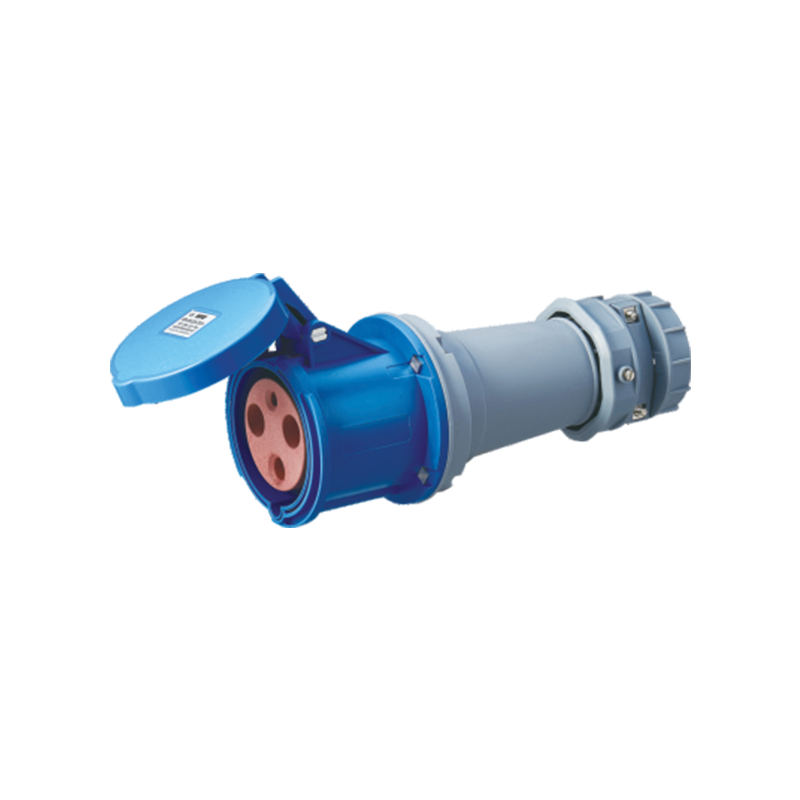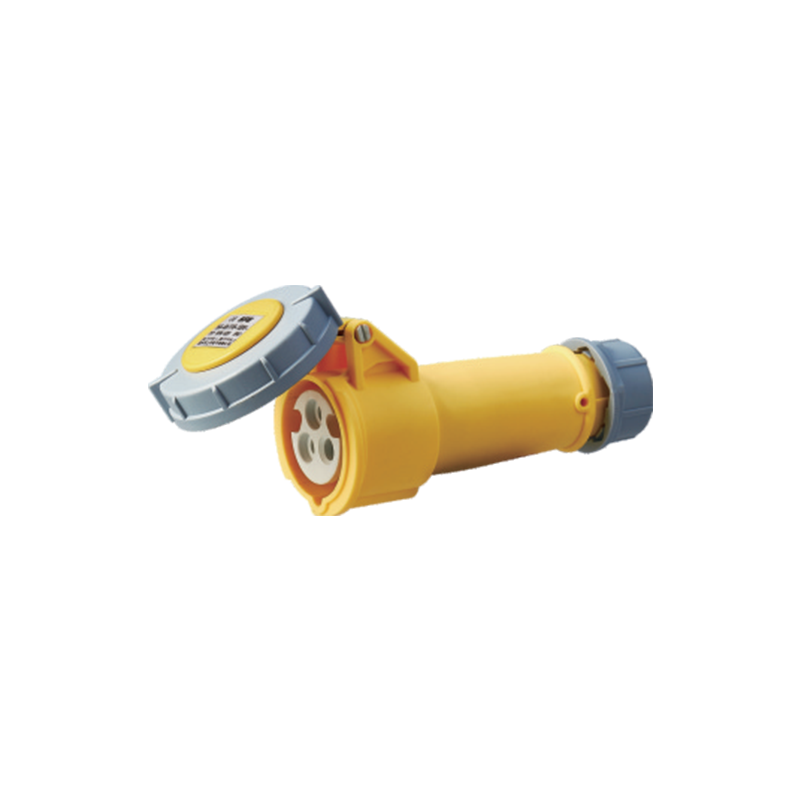Address: No. 199, Weiwu Road, Yueqing Economic Development Zone, Zhejiang Province, China.
In today’s rapidly evolving technological landscape, connectors play a crucial role in ensuring the functionality and reliability of various electronic systems. From simple household devices to complex industrial machinery, connectors are an integral part of the design and operation of modern electronics. In particular, the combination socket box and multi-socket systems are essential components in many electrical and electronic applications, providing flexibility and efficiency in power distribution.
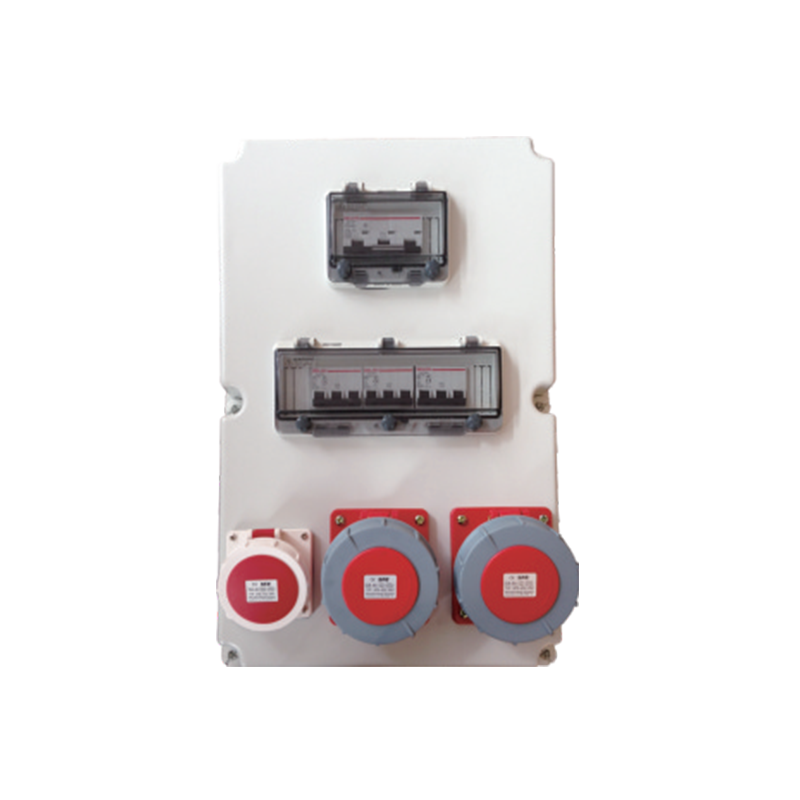
A combination socket box is designed to house multiple types of connectors and outlets within a single enclosure. This versatile solution is often used in home appliances, office equipment, and industrial settings. It allows different devices to be plugged into the same unit, reducing the need for multiple power sources or separate wiring. The design of the combination socket box makes it ideal for applications where space is limited, as it combines the functionality of multiple connectors in one compact housing. By using such boxes, manufacturers can streamline the connection process, saving time and improving overall efficiency.
The multi-socket system, which refers to a single unit that supports multiple power connections, is widely used in both residential and commercial environments. These systems can accommodate various plug types, such as standard AC power outlets, USB ports, and other specialized connectors. In modern electronics, the multi-socket serves as a flexible and convenient solution for powering multiple devices from a single source. This is particularly important in areas where space is limited, such as home offices or factory floors, where numerous electronic devices need to be powered simultaneously.
Connectors, in general, ensure that electrical signals or power can travel between components in a circuit. In a combination socket box, these connectors facilitate the transfer of power from a single source to multiple devices. This is particularly critical in today’s world where devices are becoming increasingly interconnected, and power distribution must be both reliable and efficient. Without proper connectors, the risk of system failures increases, potentially pilot to costly downtime or damage to sensitive equipment.
The multi-socket system enhances this capability by providing users with the convenience of multiple outlets in a single, easy-to-use interface. For example, in a typical office setup, a multi-socket could be used to power a computer, monitor, printer, and other peripherals, all from one central unit. This not only reduces the number of power strips needed but also less cable clutter, improving the aesthetics and safety of the workspace.
Moreover, the versatility of combination socket boxes and multi-socket units extends beyond traditional residential and office applications. In industrial and commercial environments, these systems allow for greater control over power distribution, enabling the safe operation of high-power equipment. Whether it's powering heavy machinery on a factory floor or connecting a series of sensors in an automated production line, connectors within combination socket boxes and multi-socket systems ensure that electricity flows smoothly and efficiently to all parts of the system.
The safety of electronic devices is another area where connectors play an essential role. Properly designed multi-socket systems and combination socket boxes are equipped with safety features such as surge protection, overcurrent protection, and grounding to prevent electrical hazards. These features are critical in modern electronics, where many devices are interconnected and rely on stable, continuous power. Any disruption in the power supply, whether due to faulty connectors or an inadequate socket system, can advance to malfunctions or, in the worst case, electrical fires.
In addition to power distribution, connectors within these systems also play a key role in signal transmission. Electronic devices often rely on connectors to transfer data between components, such as between a computer and a printer or a camera and a storage device. As technology advances, the demand for faster, more reliable connectors has grown, paving the way for the development of new types of connectors capable of handling high-speed data transfer without compromising signal quality.
In conclusion, the role of connectors in modern electronics cannot be overstated. Whether it's through a combination socket box or a multi-socket system, connectors are vital for ensuring the safe, efficient, and reliable operation of electronic devices. As technology continues to advance, these connectors will only become more sophisticated, supporting an ever-increasing number of devices and applications. The importance of selecting the right connectors for each specific need will continue to be a key consideration for engineers, manufacturers, and consumers alike, as we move towards a more connected and electrically dependent world.
